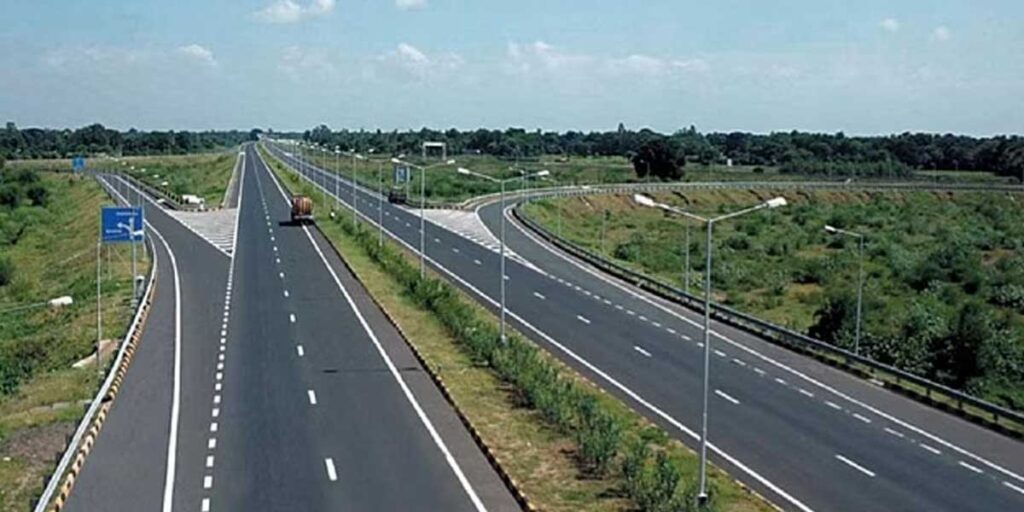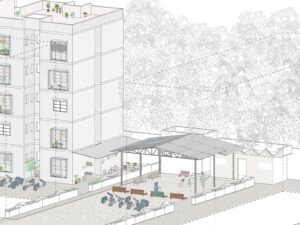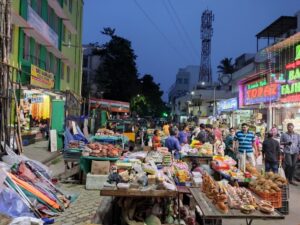Blockades are a usual method of security and vigilance, both globally and in India. We’ve all seen Rang de Basanti and Rockstar, where we default to a visual of people clamouring against these yellow walls, creative liberties taken many times to depict a divide between the commons and the people of power.
However, when you look at it devoid of such charged situations, it is largely used to create a temporary halt for vehicles while they undergo mandatory checks.

But what if I told you they have a much more permanent task? A permanent task of being… temporary.
Many of Tamil Nadu’s highways run throughout the growing towns and cities, making these Nakabandis (a more Indianised term for blockades) function as speed breakers. While actual speed breakers made of tar may incapacitate the functions of a highway or negatively impact the vehicles itself, we also need to look for people who continue to use these arterial roads. People who are now redefined as jaywalkers because some powerful people decided to “develop” their roads.
By placing nakabandis, a very vertical and visual object, one guarantees speed impediments from highway users, for they are craftily placed as well. In a zig-zag of threes that appear much closer, it takes even a skilled driver to slow down for judgement and navigation.
And should a minister’s convoy come through, they can simply remove the blockades off these massive roads and see them travel at an unhindered 120 km/h speed through the city.

As an urban dweller, you’re bound to think “Is there not a more permanent, urban solution to this?”
But by thinking so, we view this merely as an architect used to permanence, for whom the ephemeral rarely becomes an actual, functional solution to daily living.
These nakabandis are an effective model for traffic management that they have also partnered with local brands to fund these nakabandis in exchange for using them as advertisement real-estate.

With a country that is seeing smart city projects come up every day, we need to realise that we simply need smart solutions that help citizens adapt to cities that are growing “smarter” on someone else’s agenda.
Who’s to say that this isn’t a permanent, viable solution just because it does not have object permanence?
Mentors’ Comments
“Very interesting idea; started well; well-written as well; could have been done with more idea development.”
– Arpita Das
“Sense of humour, but seems underdeveloped, occupied more than needed about the way architects see the subject, rather than working on the subject itself, which was so much more interesting.”
– Peeyush Sekhsaria






